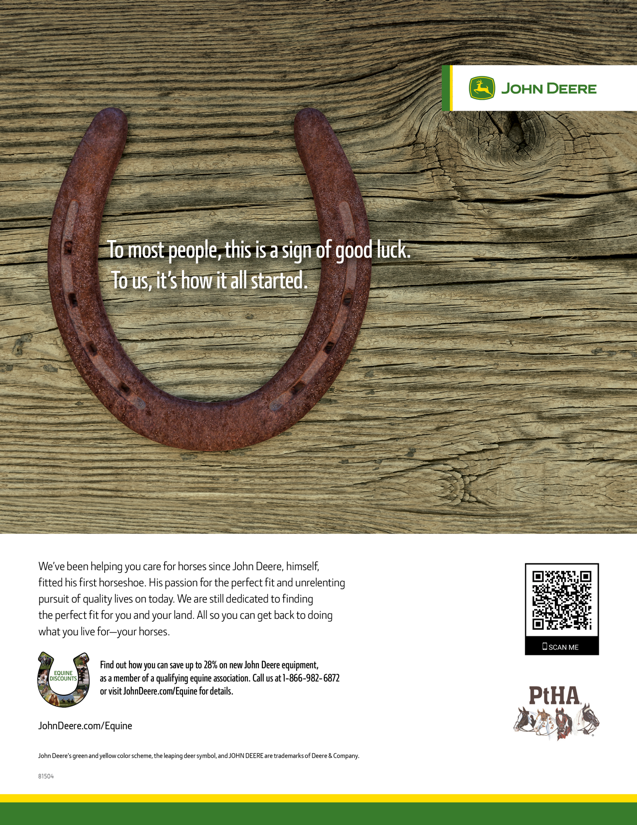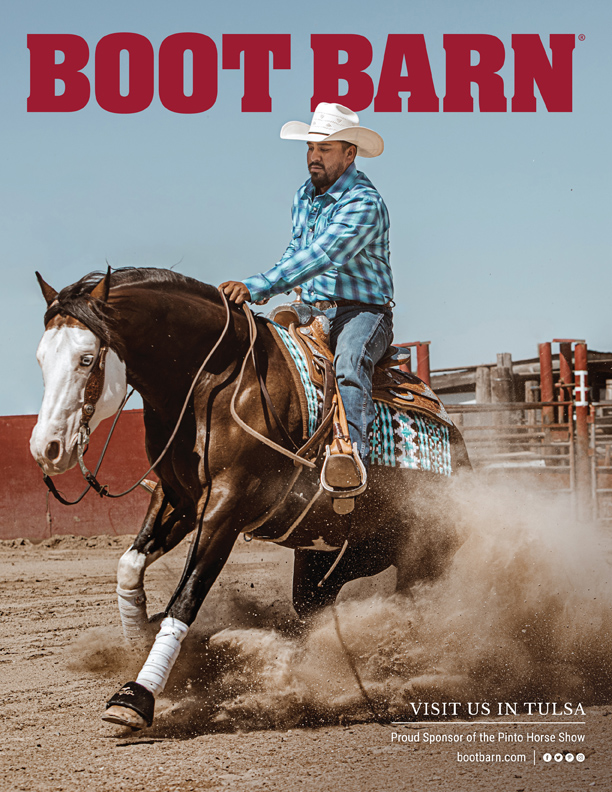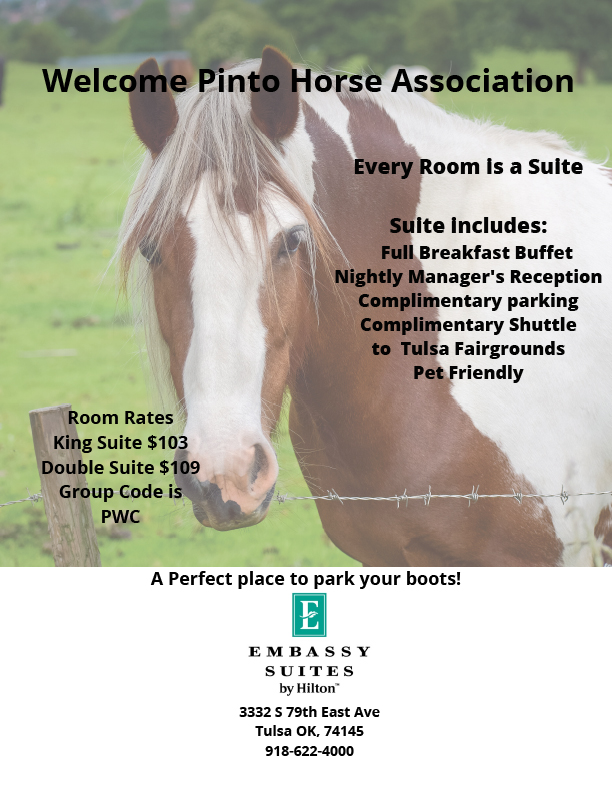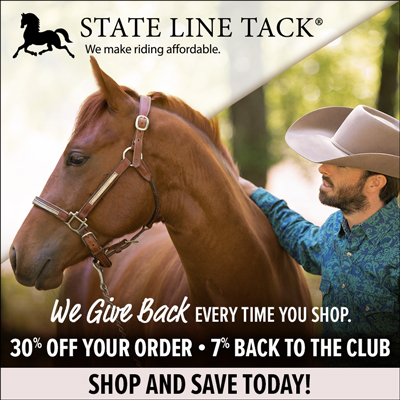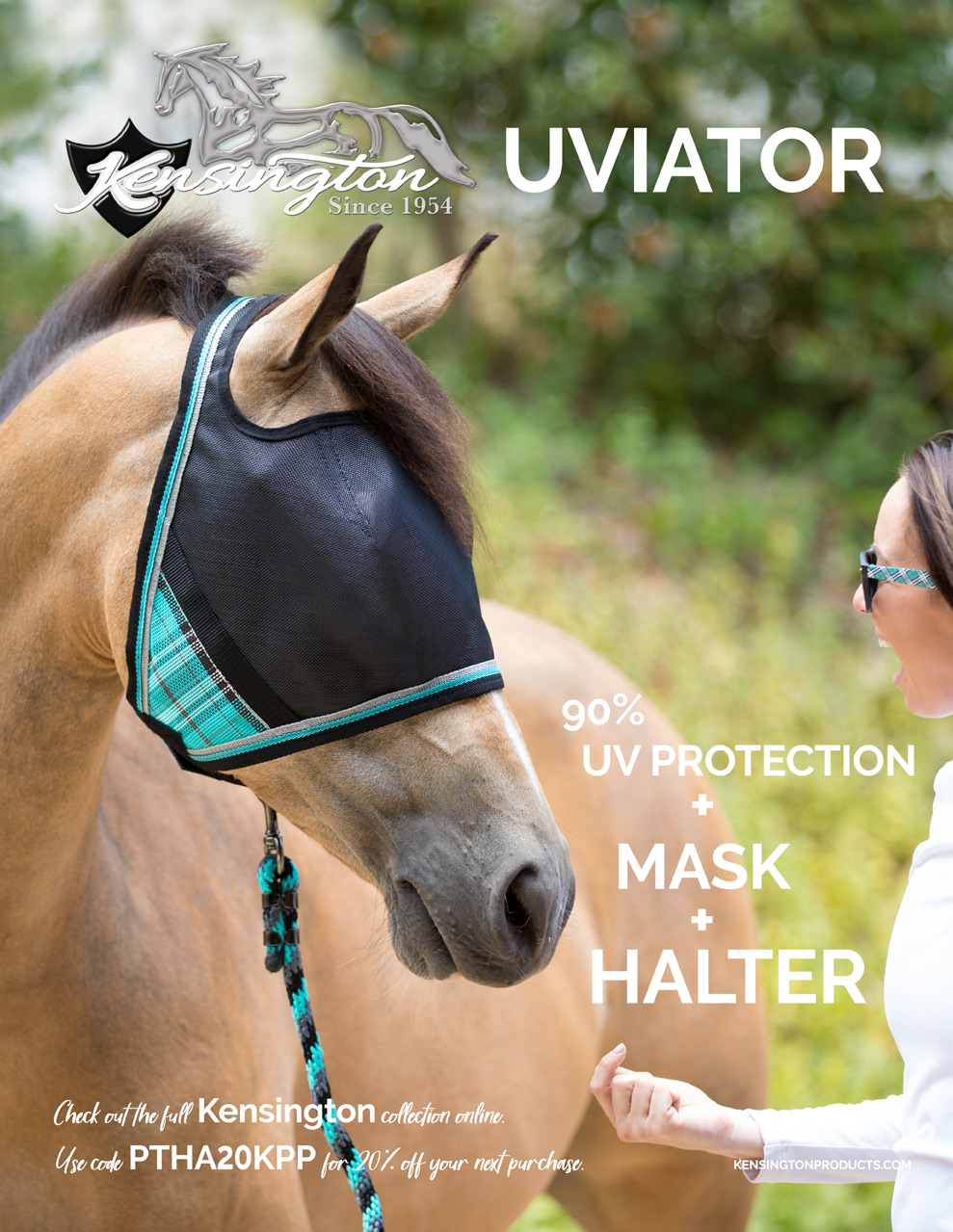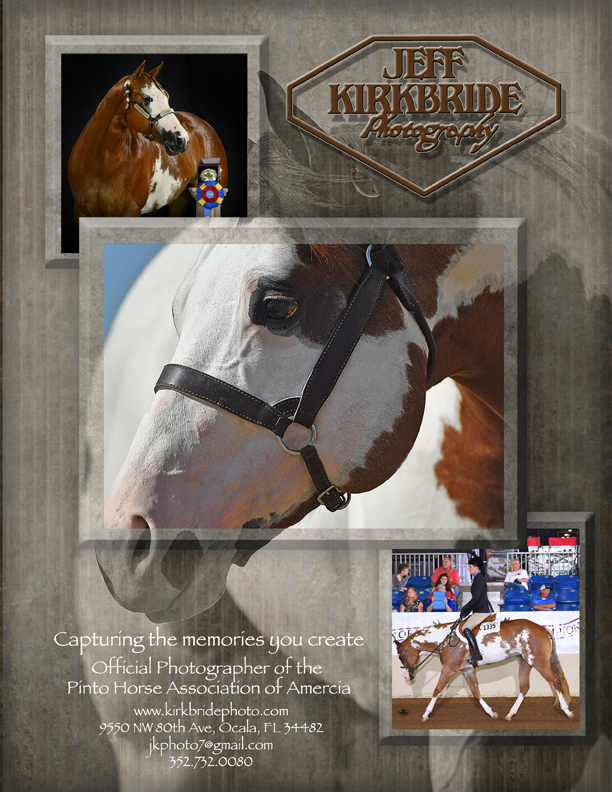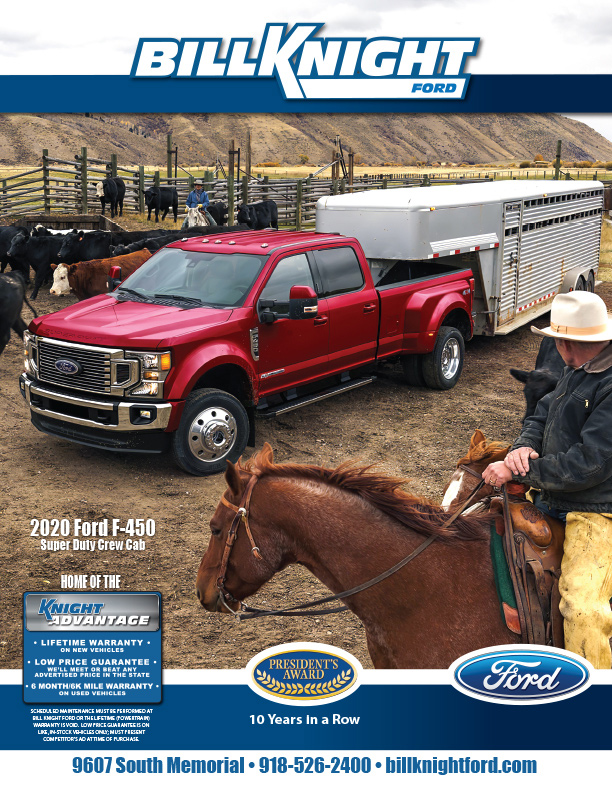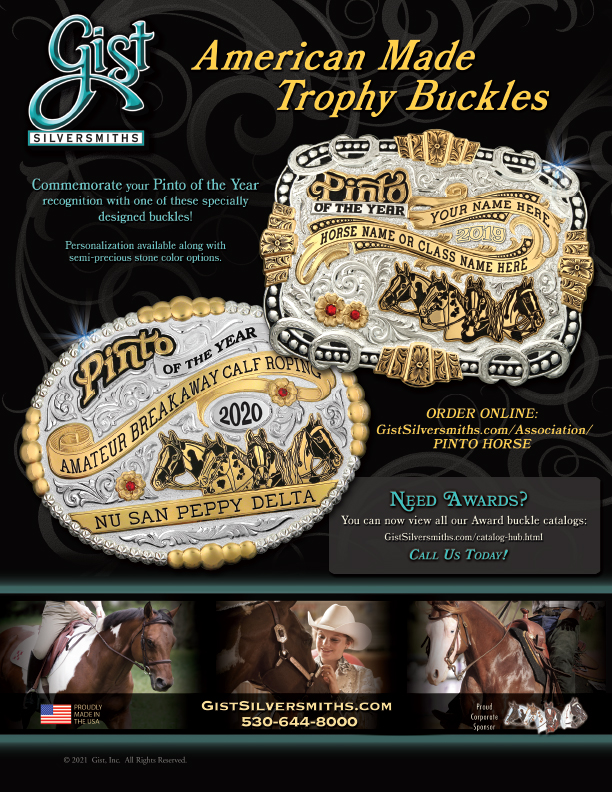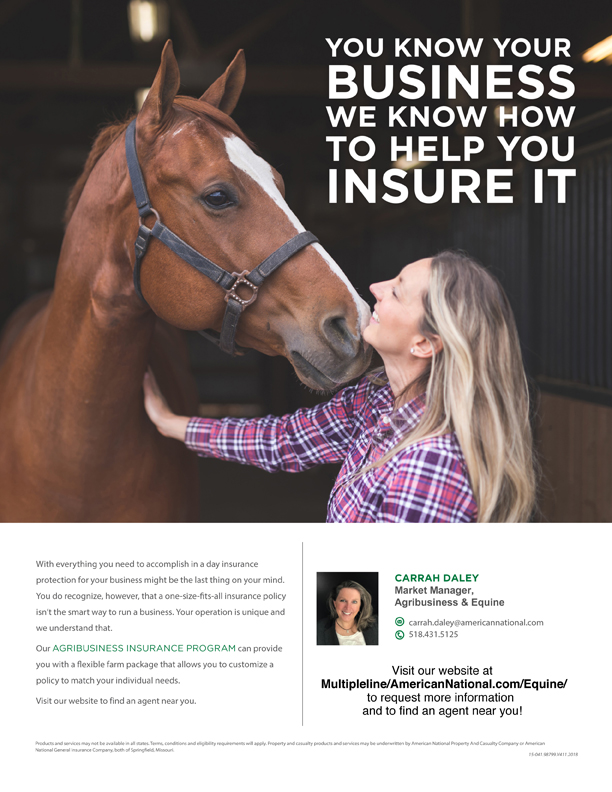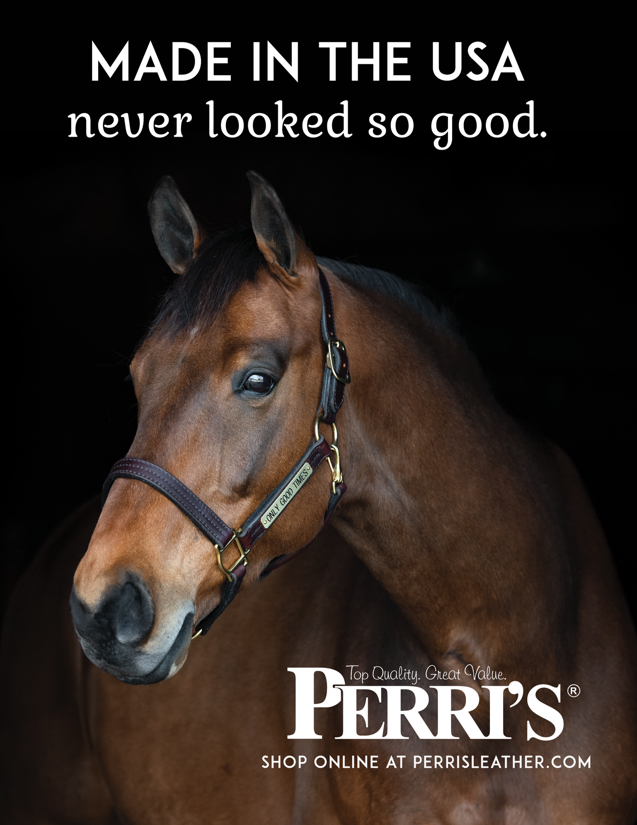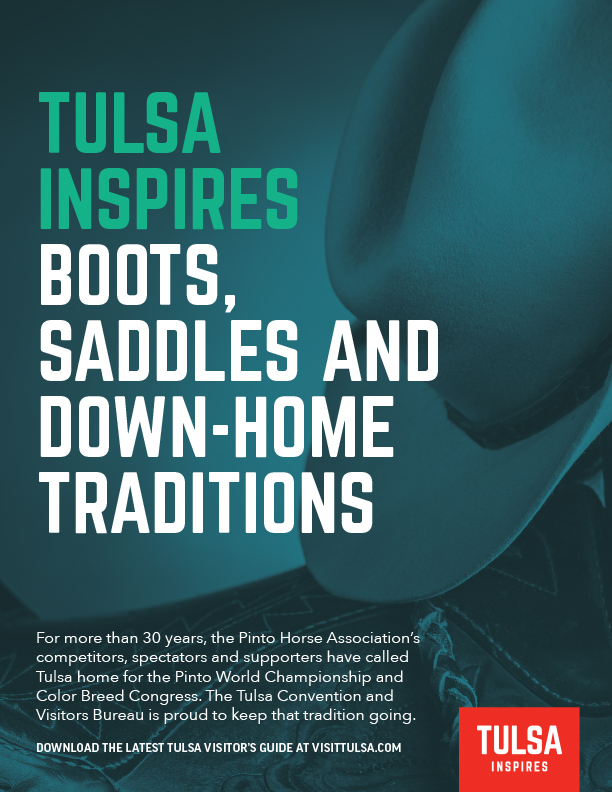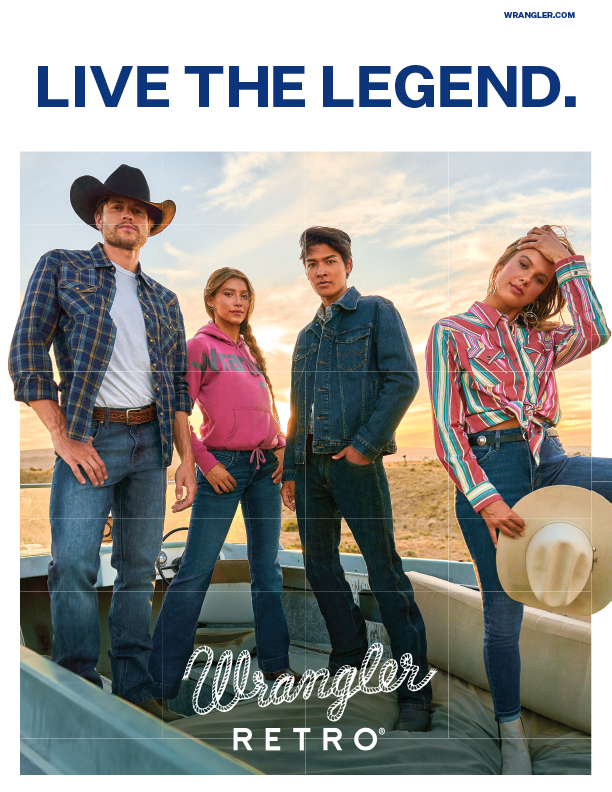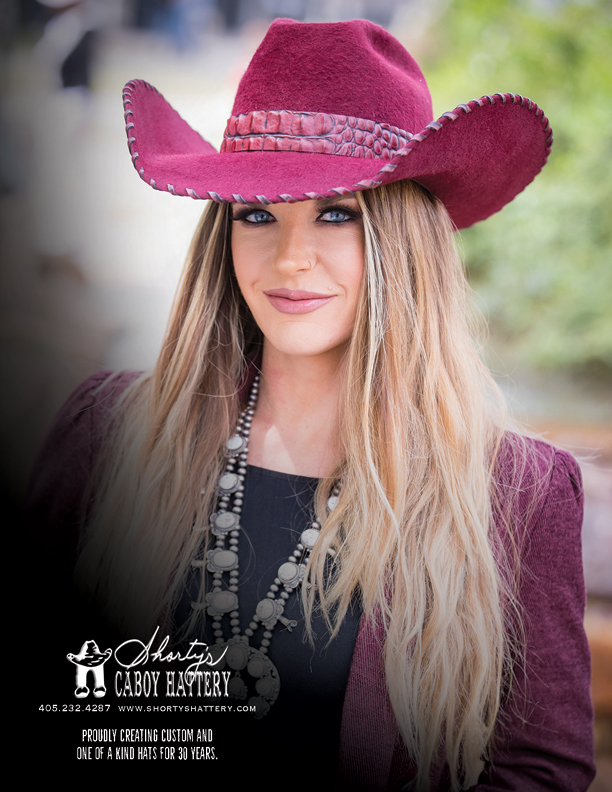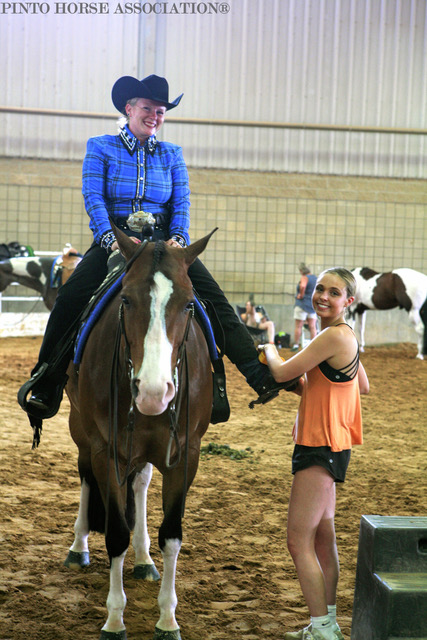 Let’s Get Ready to go to the Horse Show
Let’s Get Ready to go to the Horse Show
Everyone talks about their placings or their performance after coming away from a horse show. The scores you were given and why, or how your horse performed in the arena. Nevertheless, what about how much time and effort was dedicated just to getting prepared for the big show day? Let’s stop and think about the preparation that must take place before you step foot into the arena because it might be just as equally important.
Tina Langness, a horse trainer of 38 years, spoke on this topic as she understands the importance of finding the right routine for show preparation. Langness started her career as an amateur and continued to move her way up and discovered handling most breeds of the equine industry. Langness is an all-around trainer as she has focused on both the English and western disciplines.
“Before a show, I would advise to think about which classes your horses are best suited for,” Langness said. “And not only that, but also what classes you are looking forward to the most,” she added.
She also expressed the Pinto Horse Association of America offers a variety of classes at all horse shows, and it can be challenging to narrow down which classes people feel the most confident in and best works for their show schedule.
“It is always important to have the show schedule on hand and to keep it in mind as you are thinking about classes to enter,” Langness says.
Before a horse show, Langness recommends exercising and practicing show patterns with your horse as it helps build confidence for show day.
“A week or two before a show at my barn, we practice the patterns and the maneuvers we will be completing at the upcoming show,” Langness said. “This way we are preparing our horse and rider close to the time for the show.”
Langness also mentioned when exhibitors start to feel the nerves about a show she recommends for people to think back to remember why they ride and the joy they have experienced from showing.
“There can be pressure going into the world show or any horse show. Going into the Pinto World Show specifically, a lot of people want their horses in their world show peak, meaning top condition,” Langness explained. “However, this can lead people to feeling less prepared than they realize.”
To put this into perspective, the practice pen and what is accomplished there can have the biggest impact going into a big show, she added.
“I think putting more pressure on the horse and rider at home in the practice pen makes performing at a show less stressful when it is time,” Langness says.
“Ideally, a rider wants to feel like they are competing at a show and practicing at home is no different," Langness said. “For the horse, it can feel different as the settings have changed and the nerves of the rider can be felt through body language.”
Langness also mentioned she likes her riders using close to the same tack at home as they do when they are showing. “One thing I have learned is keeping the tack in the practice pen and at the horse show consistent,” Langness said. “ The horse can sense if the bridle or saddle feels heavier and this can make a difference in their performance.”
Something else to consider when going into a show is making sure to prepare enough time dedicated to packing all tack for the horses. This may not seem challenging, but when you are entered in a variety of classes it can be stressful remembering to bring everything. Langness suggests to find a system that works best for you to keep track of everything you need.
“I work best off of a checklist to keep me on track, I am the post-it queen!” Langness declared.
Hunt seat equitation has been a class in horse shows for several years showcasing English riders. Langness has helped numerous riders go on to win hunt seat equitation classes through time and dedication. She explained what distinguishes equitation from other English classes is the focus more so on the rider.
“Hunt seat equitation is all about how the rider communicates to the horse,” Langness said.
Focused and having shown in many equitation classes, Langness began describing what the judges are looking for in an equitation class by stating, “the judges want to see a pattern that is consistent and pleasing to watch, you want to see the rider and horse working together as a whole.” It is important the horse is held on a tight rein and to have your horse remain collected. The riders also need to have a connection with their horse through the movements of their legs, Langness explained.
No matter the discipline, prepare to have a consistent ride and have fun during the process. Remember to prepare and pack efficiently to be set up for a successful ride.

